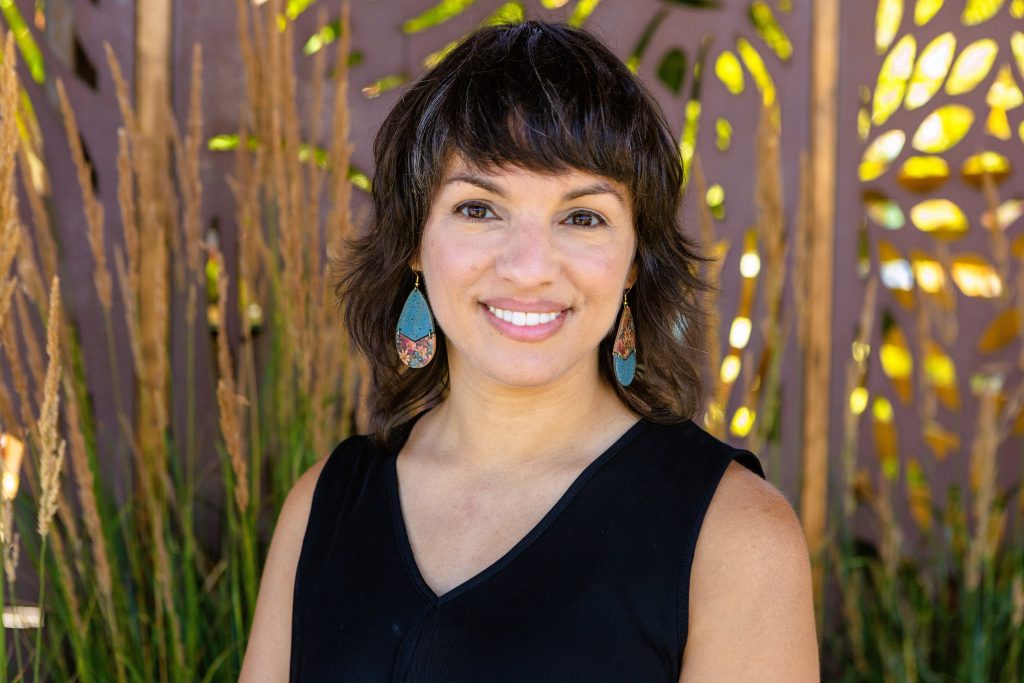Teaching Interfaith Understanding and Writing with My Students
November 28, 2022

Religion programs are under threat in many U.S. colleges and universities during a time when society needs greater access to reliable information.
We live in a thoroughly pluralistic society which necessitates at least toleration of differing religious faiths; at best, we can hope to instill empathy and understanding in tomorrow’s leaders. The academic study of religion pays incredible dividends, not just as a field of study, but as an in-roads to life’s “big questions.” I know this because I’ve been teaching world religions for fifteen years and I’ve witnessed the changes students have through an expanding worldview. For example, religion helps us to reflect on questions like: How do I prepare for — and then live out — a good and worthwhile life? How do I express the value in things like love, mercy, and grace? And, perhaps most cogently for today’s college students: How do I formulate a coherent set of values and beliefs which reflect the traditions of my family but are also very much my own?
I had the opportunity to participate in the 2022 cohort of “Teaching Interfaith Understanding” conference organized by Interfaith America. I did so to help formulate ideas for two sections of an incoming first-year seminar course at the University of Indianapolis called “Love, Death, and Religion.” UIndy is a private United Methodist Church-affiliated school offering undergraduate and graduate degrees in numerous fields. Currently, there are over 4,000 students enrolled. What I garnered from the conference were not only actionable ideas, but a reaffirmation of the moral duty to teach different religions in a way that is sympathetic, nuanced, and applicable to our current environment.
The conference provided time to deeply reflect on the goals of UIndy’s first-year seminar courses like adjusting to college, improving writing skills, and growing intellectually. In this course, students are provided the opportunity to reflect meaningfully on their beliefs and on their religious commitments. The importance of learning outside of the classroom is stressed, too, which includes site visits to unfamiliar places, but also recognizing that participation in religious services in the 21st century is sometimes digital. In this process, I also like to encourage students to learn real-world, transferable skills which do not map plainly onto curricula: learning to live with ambiguity and even conflicting information, how to make sense of complex and unfamiliar information, and how to work with others through processes of iterative questioning. My hope in tying all of these elements together is to cultivate an appreciation and empathy in tomorrow’s leaders and thinkers who are my students today.
To accomplish these goals in a limited timeframe, I designed the class around five global religions — Hinduism, Buddhism, Judaism, Christianity, and Islam — along with an introduction to atheism and agnosticism. Each is presented through the lenses of love and death, which are, arguably, the two great questions of life. Of utmost importance is the idea of blending storytelling in religion with individual student experiences of lived beliefs.
Beyond class discussions, students work on weekly interfaith portfolios which provide them an opportunity to engage with the plurality of religious experience in the metro Indianapolis area. Indianapolis offers a very wide array of religious opportunities; one source cites over 2,800 religious organizations in the city. There are numerous groups including Christians, Jews, Muslims, Sikhs, Buddhists, Hindus, Unitarian Universalists, and many others in the city. In weekly assignments, students explore religions which are unfamiliar and familiar through digital media (live streams, websites) and an in-person visit. Through an interactive and iterative process, students become increasingly familiar with different faiths through studying a textbook, examining websites, watching services, attending services, and reflecting on their interior and exterior processes. In each step, I encourage students to be present in the moment: to lend one’s presence in such a distracted time is a gift and it is a necessity to live a moral life. Presence requires a vulnerability which is realized in a seminar-style classroom, particularly when learning about ideas and concepts which may be quite unfamiliar at first. It requires trust in the professor’s methods, in one’s peers to express goodwill, and in one’s self for the patience to learn.
Writing is an important component of a college education, so a clear course objective in the first-year seminar is improvement of one’s writing abilities. As a professor, I have considered many approaches to improving written expression, but I had an insight at this summer’s interfaith conference: why not write with students (which is common at the graduate level)? Moreover, why not try something fairly radical: why not publish with first-year students? In several conversations with the Interfaith America Magazine editorial team, I pitched the idea of writing with my students. The goal is to help them work on writing during the semester while also providing the voluntary choice of publishing in an international-facing publication as first-year students. Through various class workshops in the semester, the goal is to encourage writing with me, and of publishing their pieces alongside my own. If successful, this provides a real-world credential (a major publication) while also providing motivation to improve one’s own writing.
This piece is the introduction into what I hope will be a rewarding experience for my students. I publish this piece in the vulnerable space I highlighted above: students are not required to submit their reflections to Interfaith America Magazine, but I hope they do. I hope they share their reflections which are already shaping up into incredibly powerful narratives of personal growth. I believe their stories would enrich readers of Interfaith America Magazine with new ideas and insights. The magazine editors are looking forward to reading my students’ pieces and introducing them to the interfaith stories and resources on the website. I think their personal narratives will also demonstrate that the next generation of leaders thoughtfully consider their world and the unique place religion has in it.
I also hope this is the beginning of a fruitful teaching method of writing and publishing with my first-year students!
Dr. James Willis, III is an Assistant Professor of Practice for Religion in the department of Philosophy and Religion at the University of Indianapolis. He has a BA in theology from Roanoke College in Virginia, USA, a MLitt in divinity from the University of St. Andrews in Scotland, and a PhD in comparative religion from King’s College London in England. He is a Public Voices Fellow with The OpEd Project.
Share
Related Articles
Higher Education
Higher Education
What Does Interfaith Engagement Mean from an Evangelical Perspective?
American Civic Life



